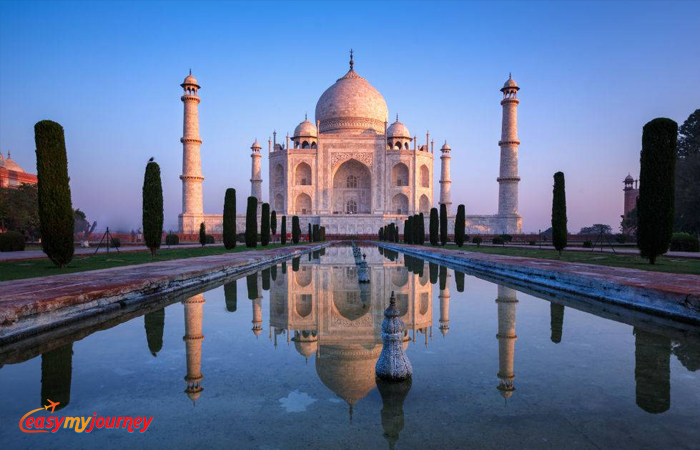Navratri, also spelled Navaratri or Navarathri, is a multi-day Hindu festival celebrated in the autumn every year. It is observed for different reasons and celebrated differently in various parts of the Indian subcontinent. Theoretically, there are four seasonal Navratri. However, in practice, it is the post-monsoon autumn festival called Sharad Navratri that is the most observed in the honor of the divine feminine Devi (Durga). The festival is celebrated in the bright half of the Hindu calendar month Ashvin, which typically falls in the Gregorian months of September and October.
In the eastern and northeastern states of India, the Durga Puja is synonymous with Navratri, wherein goddess Durga battles and emerges victorious over the buffalo demon to help restore Dharma. In the northern and western states, the festival is synonymous with "Rama Lila" and Dussehra that celebrates the battle and victory of god Rama over the demon king Ravana. In southern states, the victory of different goddesses, of Rama or Saraswati is celebrated. In all cases, the common theme is the battle and victory of Good over Evil based on a regionally famous epic or legend such as the Ramayana or the Devi Mahatmya.
Celebrations include stage decorations, recital of the legend, enacting of the story, and chanting of the scriptures of Hinduism. The nine days are also a major crop season cultural event, such as competitive design and staging of pandals, a family visit to these pandals and the public celebration of classical and folk dances of Hindu culture. On the final day, called the Vijayadashami or Dussehra, the statues are either immersed in a water body such as river and ocean, or alternatively the statue symbolizing the evil is burnt with fireworks marking evil's destruction. The festival also starts the preparation for one of the most important and widely celebrated holidays, Diwali, the festival of lights, which is celebrated twenty days after the Vijayadashami or Dussehra.
Significance: It represents the celebration of the Goddess Amba (Power) in nine different forms.
Key attractions: The 9 days of dance festivities in Gujarat, the exquisite Chaniya Choli’s (traditional skirt & blouse), and the Gujarati cuisine – Sabudana Khichdi, Mandavi Paak, Singoda ki Kheer, and Potato Wafers
When: The first nine days of the month of Ashwin according to the Hindu lunisolar calendar, which correspond to September or October of the Gregorian calendar
Where: Almost all over the country; most vibrant in Gujarat, Maharashtra and the metros
2017 dates: Begins on 21st September

